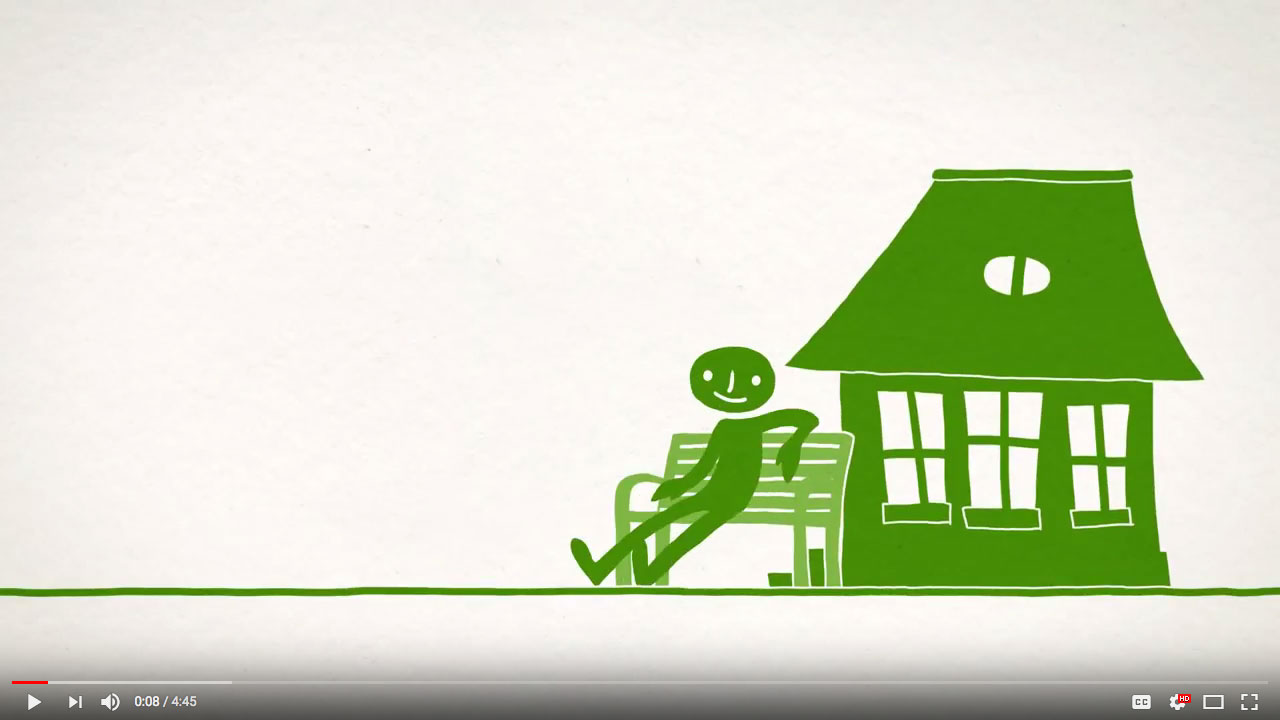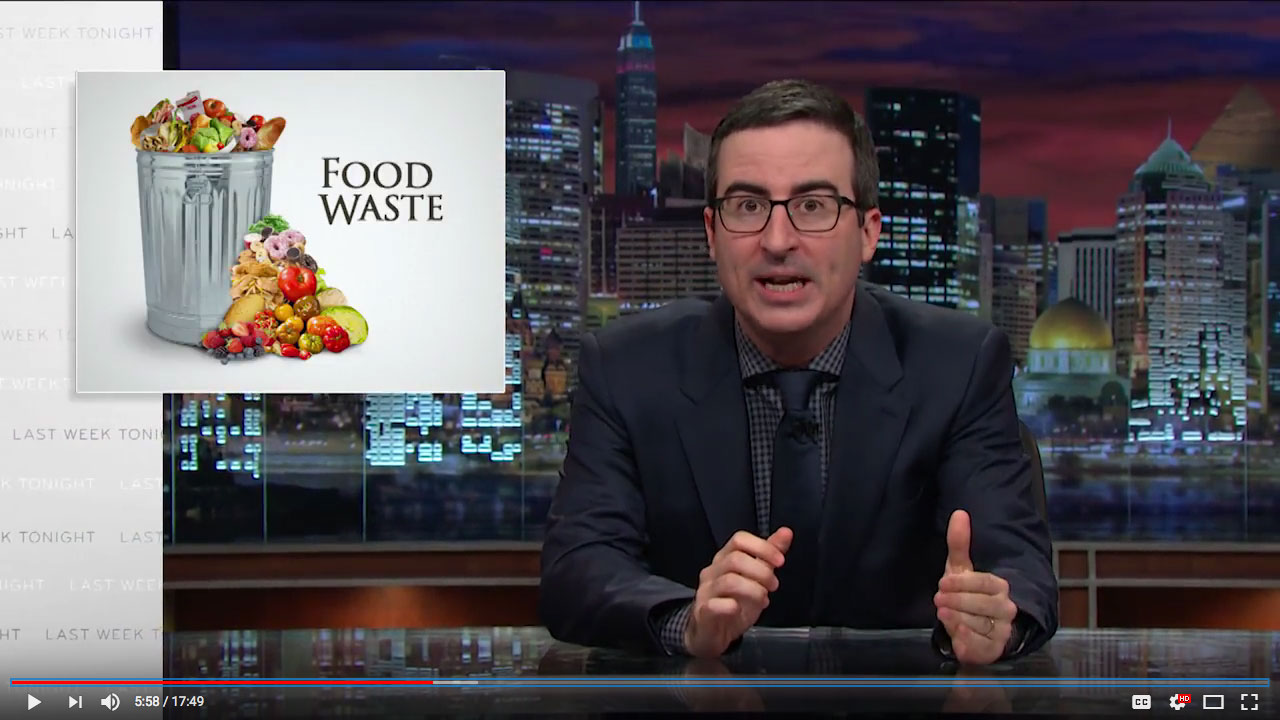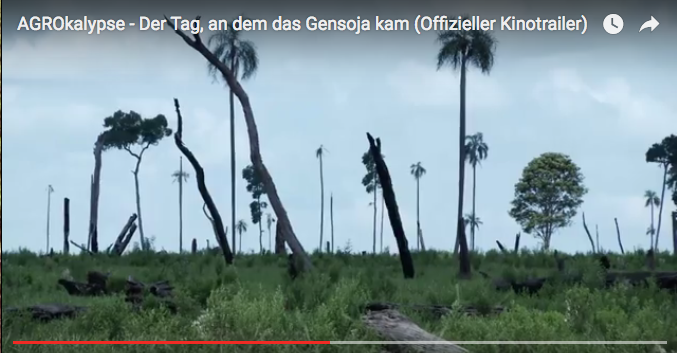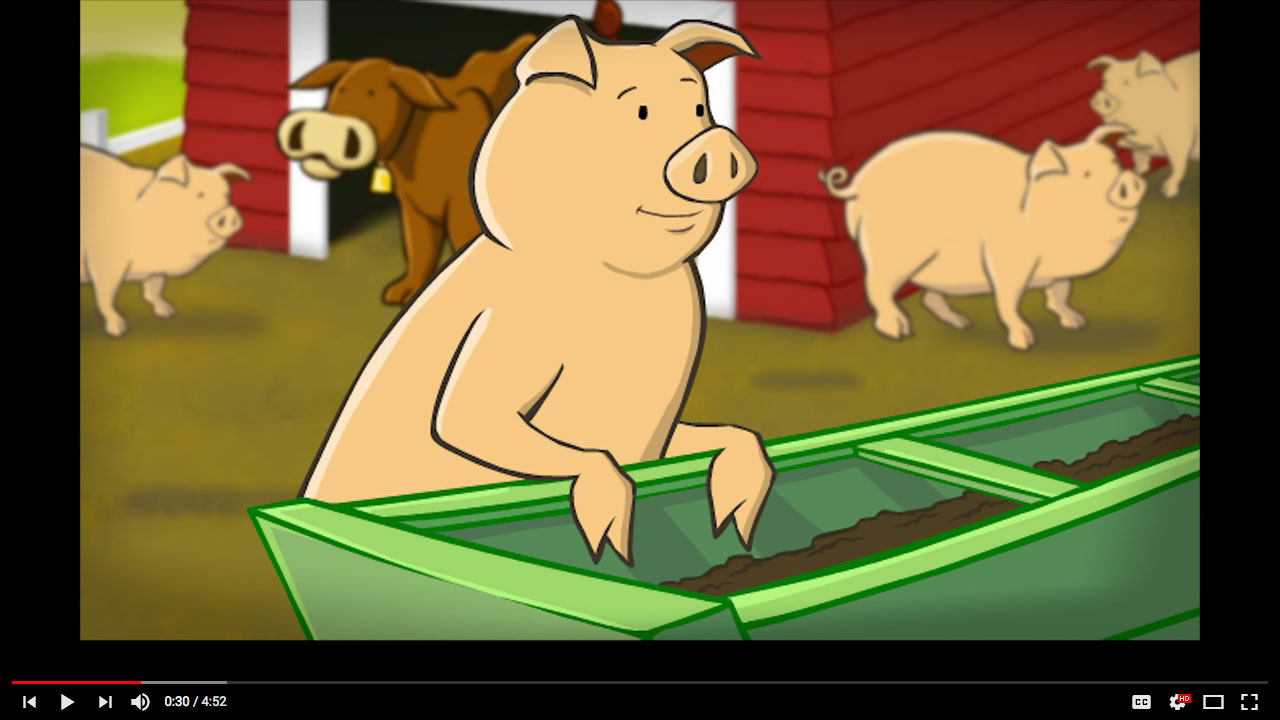The Land For Our Food is a 34 minutes documentary movie produced by the Access to Land network and directed by Julio Molina. The video takes us on the journey of Gavin Bridger, a grower from the Community Supported Agriculture project of Farnham Local Food in England, through various European countries in his quest of accessing land for agroecological farming. The Farnham community food project is actually in search of land and Gavin discovers that this is by far an isolated problem! All over Europe the difficulty to find suitable and affordable land is posing a great barrier to the development of sustainable and often small-scale agriculture. His mentor, Rachel Harries from the Soil Association, links Gavin up to the Access to Land network and the journey is on its way.
This road-movie documentary gives us insights into the contexts and approaches of civil society initiatives from various countries in Europe regarding access to land: England, France, Spain, Italy and Romania. Gavin meets some of the initiatives from the Access to Land network, and also meets farmers and journalist George Monbiot to better understand the scope and historical roots of access to land issues. This documentary provides a very concrete introduction to access to land issues in Europe and captures a range of practical experiences in a unique way!
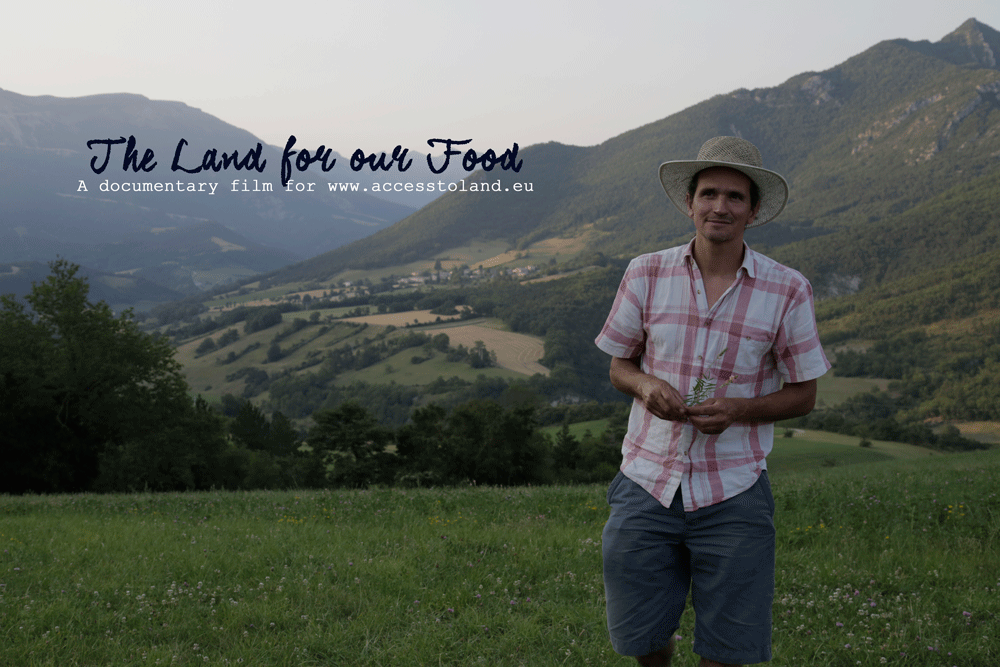
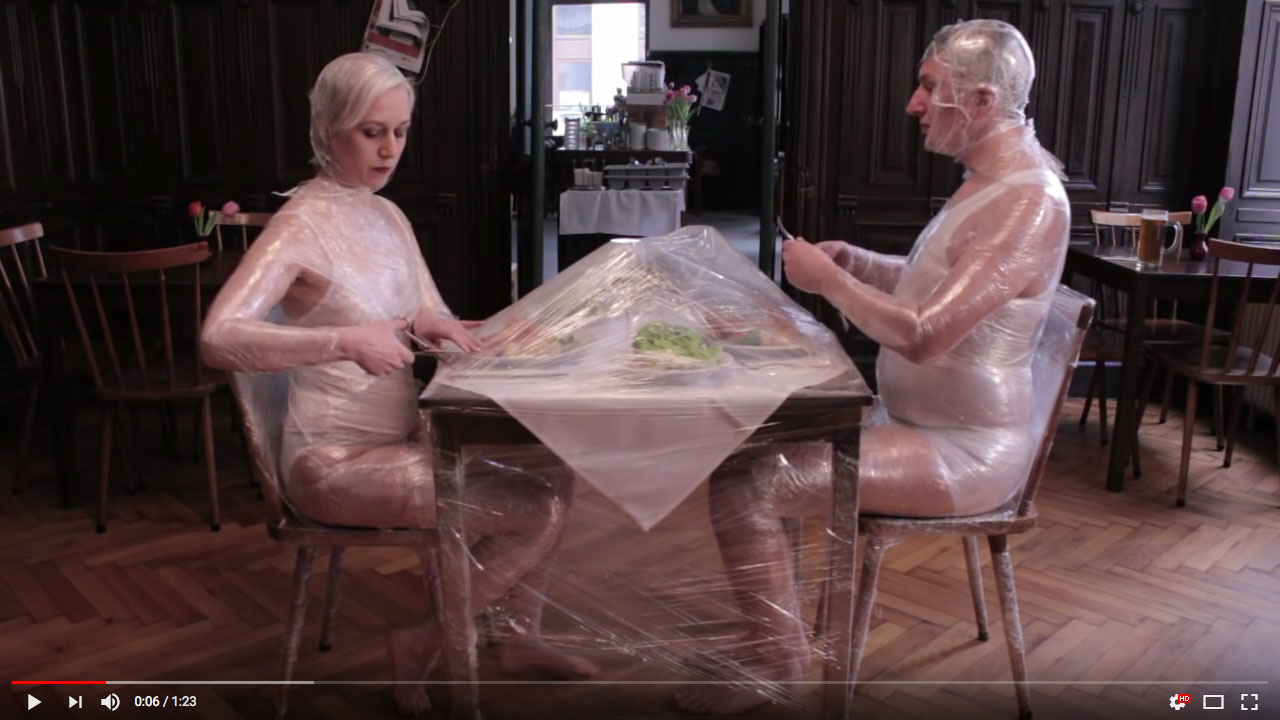
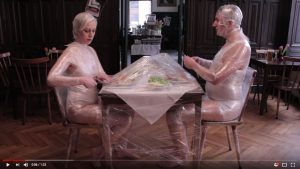 Honey & Bunny aka Sonja Stummerer und Martin Hablesreiter sind ein Performance-Duo aus Österreich. Sie begannen ihre Karrieren als Architekten und veröffentlichten drei Bücher sowie einen Dokumentarfilm über Industrial Food Design und darüber, wie Kultur unsere ästhetischen Erwartungen an Lebensmittel prägt.
Honey & Bunny aka Sonja Stummerer und Martin Hablesreiter sind ein Performance-Duo aus Österreich. Sie begannen ihre Karrieren als Architekten und veröffentlichten drei Bücher sowie einen Dokumentarfilm über Industrial Food Design und darüber, wie Kultur unsere ästhetischen Erwartungen an Lebensmittel prägt.


